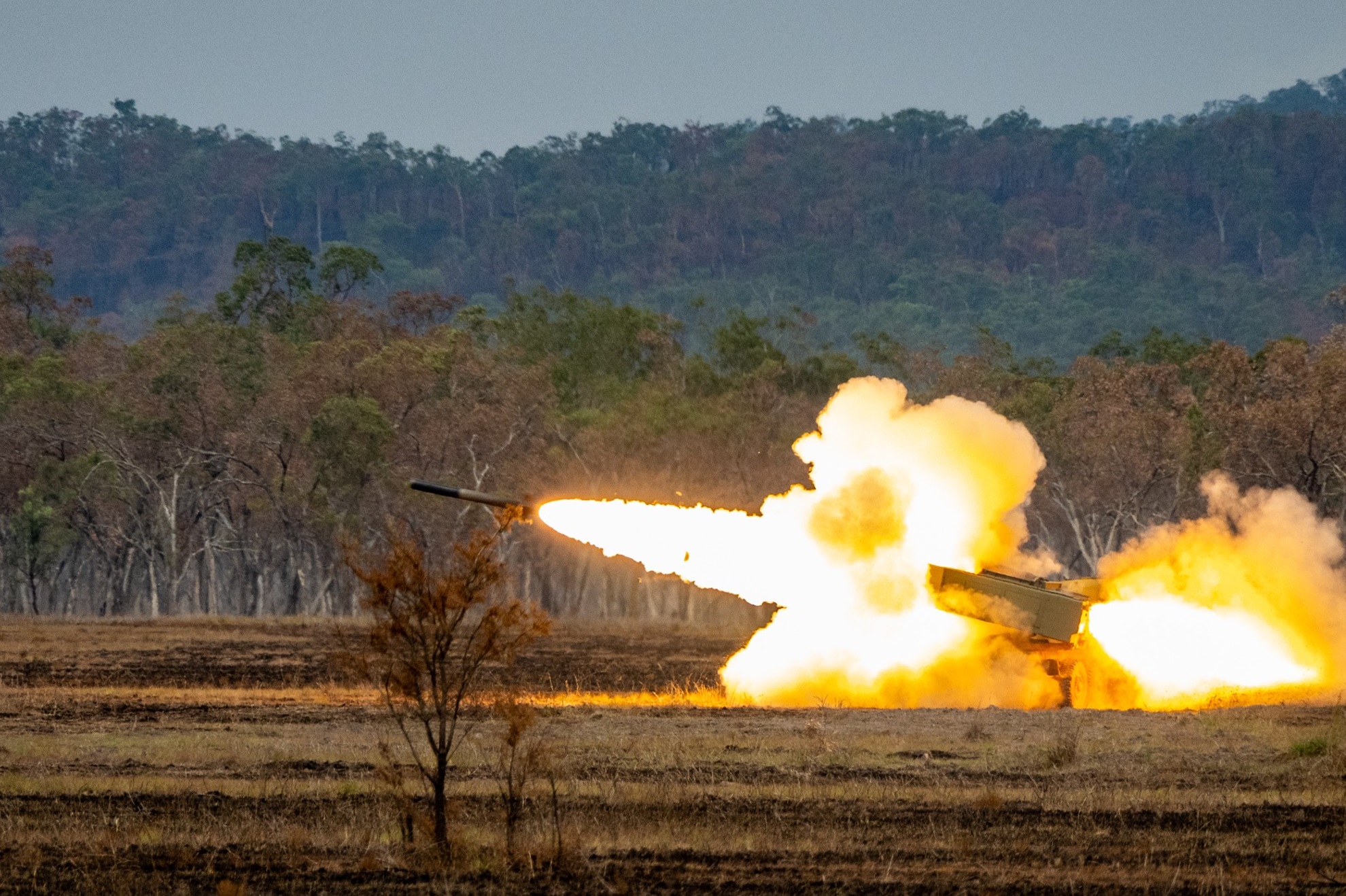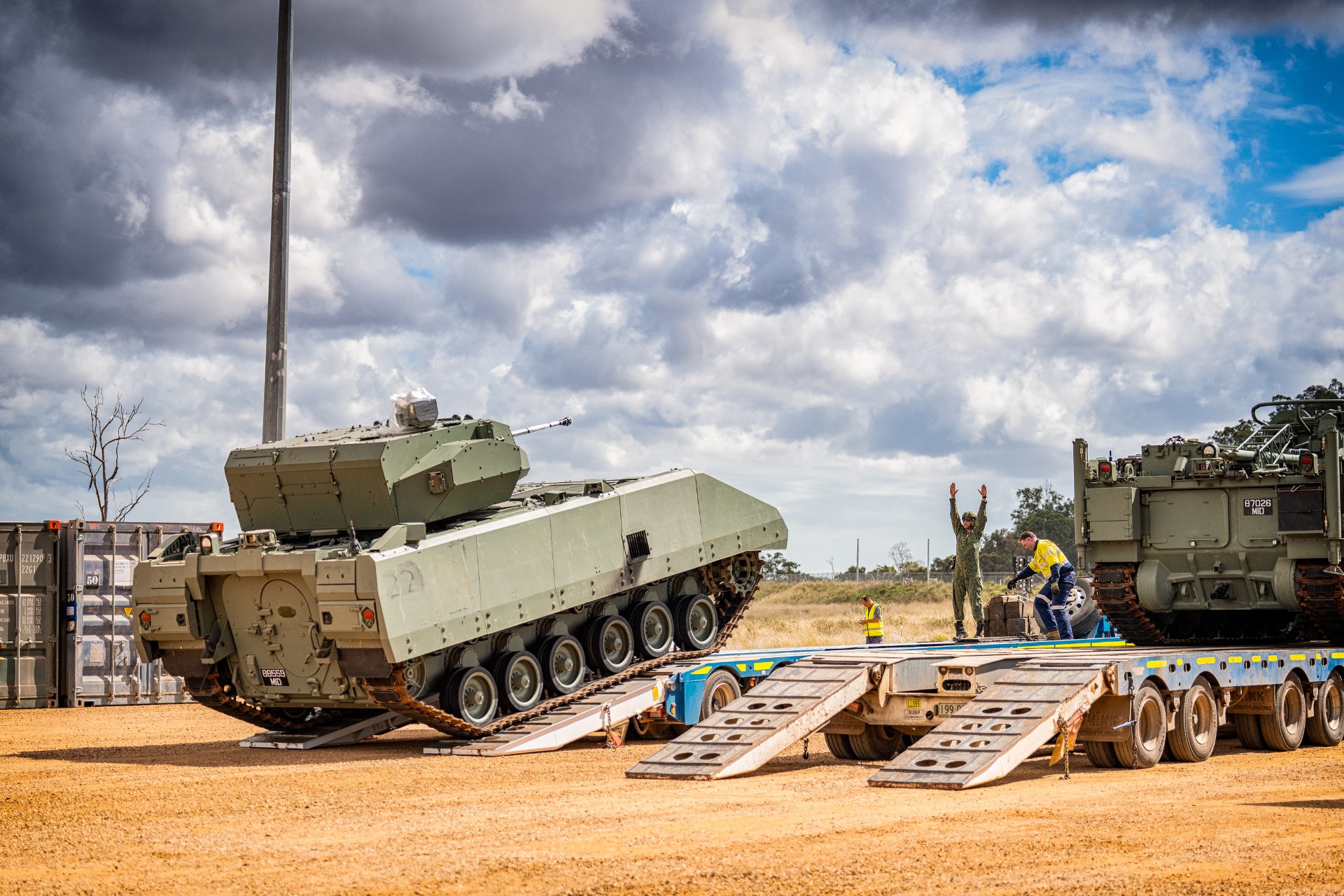OPS & TRAINING
MAXIMISING PERFORMANCE
20 Jul 2012

Soldiers bound for the Ranger course get a little help from the Soldier Performance Centre.
Famed for being one of the toughest courses that the Singapore Armed Forces (SAF) has to offer, the Ranger Course is 65 days of demanding training deliberately structured to stretch trainees to the limits of emotional, mental and physical stress.
Trainees are expected to perform effectively as small unit leaders under conditions akin to those found in real combat operations, and prolonged periods in the field with back-to-back missions are the norm. The course is open to all medically-fit Army officers and specialists who have gone though Specialist Cadet School or the Commando Small-Unit Leader Course.
To help course candidates better cope with the physical demands of Ranger training, they are packed off to a half-day Musculoskeletal (MSK) Screening at the Soldier Performance Centre (SPC) a few months before the course commences.
The screening is a battery of tests designed to surface potential areas of physical weakness.
After completing MSK screening, each candidate is presented with a customised report. SPC physiotherapists then prescribe customised exercise programmes and conduct workshops designed to help the candidates in their weaker areas.
"With the test results, each person will have a better understanding of his current physical status and focus on improving critical areas. This helps to reduce attrition rates once the course starts, and to prevent injuries during the course," explained Major (MAJ) (Dr) Noreffendy Bin Ali, Head SPC.
Scientific principles
While the layman can rely on words such as "very" and "extremely" as adequate descriptors of physical prowess, they are too ambiguous for the scientific requirements of proper MSK screening.
Each Ranger course candidate goes through six stations during MSK screening. The barrage of tests take empirical measurements of the person's physical flexibility, strength and stability.
Data of virtually all aspects of his physical status is collected, including any history of past injuries. The customised report is then prepared taking all these sets of data into consideration.
"The tests were conceived after reviews of current best practices and analyses of course requirements. In addition, state-of-the-art equipment is used to obtain objective measurements of one's physical capability," explained MAJ (Dr) Noreffendy.
Stress tests
One of the tests during MSK screening measures the strength of back muscles. Course candidates are told to hold their upper body weight in a prone position with the lower body strapped tightly onto the examination table.
Non-invasive probes pasted onto the lower back area then start to measure the electrical activity produced by the skeletal muscles as they work to keep the upper body in a horizontal position.
The longer a person can hold the body up with moderate electrical activity levels, the stronger his back is. Medical practitioners and sports physicians know this as the Sorensen test which is widely used to detect the risk of back injuries.
"By benchmarking the data collected to that of his peers, we get an accurate gauge of the candidate's back strength," explained Ms Grace Heng, Head Physiotherapist, SPC.
At another station that tests lower limb strength, SPC staff use a computerised dynamometre.
The machine - which fills an entire room - consists of an adjustable seat which the candidate is strapped into, and various attachments which are strapped onto the calves.
The candidate is then told to execute a series of movements while the machine measures the amount of torque (force that tends to cause rotation) generated; this gives an idea of his thigh strength and endurance.
To measure flexibility, candidates - under a physiotherapist's guidance - are told to get into specific positions in order to isolate certain parts of the anatomy. The physiotherapist then uses a goniometre - an instrument used for measuring angles along a single plane - to measure the degree of flex the limb allows before surrounding muscles tighten. The larger the angle of motion, the more flexible that limb is.
Future plans
Apart from conducting MSK screenings for select soldiers, SPC physiotherapists design and conduct customised rehabilitative programmes for soldiers.
"It's not only about getting a soldier back on track after an injury, but also about getting soldiers back to optimum performance levels post-injury," said MAJ (Dr) Noreffendy.
The SPC is also working on research targeted at improving performance and reducing MSK injuries for all Army personnel. These ongoing studies will likely lead to modifications to soldiers' training programmes and possibly other interventions such as nutritional supplementation.
The SPC started life in 1984 as the Physical Performance Centre. It was renamed in 1989, when it took on more specialised roles of providing clinical services related to the treatment of the Army's training injuries, physical conditioning and research needs.
Its programmes have benefited many generations of Army soldiers. In 1991, the longer Basic Military Training period to help obese recruits train more effectively was started based on research conducted by the SPC.
Super fit
MAJ (Dr) Noreffendy's tips to get more out of high-intensity workouts.
Before
Contrary to popular belief, evidence suggests that static stretching before intense exercise reduces performance. Instead, perform a gentle warm-up of dynamic stretches before starting strenuous exercise followed by static stretches after your workout to improve overall flexibility.
During
Active expiration of air through the mouth blows off more carbon dioxide, which helps to reduce lactic acid accumulation in the muscles. This slows the onset of fatigue. For endurance-based exercises which last beyond an hour (e.g. 21km run), rehydrate with isotonic drinks every 10 to 15 minutes or a packet of sports-gel supplement every 30 minutes after the initial hour.
After
Consume foods which are high in carbohydrate and protein within an hour after the end of strenuous exercise to reduce recovery time. This will enhance the body's natural recovery process as your muscles are best able to absorb nutrients within the hour after exercise. Recommended foods include fruit juices, chocolate milk, cereals and sports bars.
ALSO READ IN OPS & TRAINING

Exercise Wallaby 2025: To see better, shoot faster
31 Oct 2025
The SAF focuses on complex strike missions and multi-domain integration in Exercise Wallaby 2025, the 35th edition of its largest unilateral overseas exercise.

Ex Wallaby 25 – Greater Integration and Complexity
25 Oct 2025
The 35th edition of the SAF’s largest unilateral overseas exercise is an opportunity for expanded scale and deeper integration towards an effective, networked fighting force.

Ex Forging Sabre ramps up use of unmanned assets in integrated strike operations
12 Sep 2025
In this 10th edition of Exercise Forging Sabre, the SAF sharpened its cutting edge for the dynamic modern battlefield, with expanded integration between manned and unmanned platforms.



